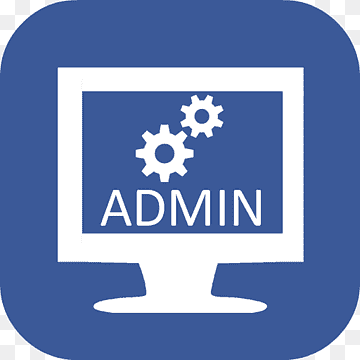System Administration Training by Experts
Our Training Process

System Administration - Syllabus, Fees & Duration
MODULE 1
- System administration introduction, policies, overview, UNIX history and basis
MODULE 2
- File systems and disks
MODULE 3
- Software installation concepts
MODULE 4
- Multi users basics, politics, policies and ethics
MODULE 5
- Automating administrative tasks
MODULE 6
- Networking
MODULE 7
- Backup and disaster recovery
MODULE 8
- DNS
MODULE 9
- SMTP, HTTP
MODULE 10
- Configuration management
MODULE 11
- Distributed computing
MODULE 12
- SNMP, monitoring
MODULE 13
- System security
This syllabus is not final and can be customized as per needs/updates





 They are IT-savvy and can troubleshoot any technical issues that are causing the system to malfunction. Circuit boards and CPUs are assembled by computer hardware engineers to produce functional mobile or desktop devices. Some people excel at determining the company's technology needs as information systems managers. Information security managers are given more duties when it comes to protecting sensitive data from hackers.
They install computers, laptops, intranets, servers, cybersecurity software, and other technology.
For secure, high-speed Internet access, they connect routers, modems, and firewalls.
All of the important components of the corporate computing infrastructure are managed by system administrators.
They set up the network card (NIC) so that data can be sent and received appropriately. You'll also learn how to manage and configure servers, as well as how to manage PCs, user information, and user productivity using industry tools.
A system administrator's responsibilities include the following:
System administrators are in charge of managing, maintaining, and configuring commercial computer systems on a day-to-day basis.
They are IT-savvy and can troubleshoot any technical issues that are causing the system to malfunction. Circuit boards and CPUs are assembled by computer hardware engineers to produce functional mobile or desktop devices. Some people excel at determining the company's technology needs as information systems managers. Information security managers are given more duties when it comes to protecting sensitive data from hackers.
They install computers, laptops, intranets, servers, cybersecurity software, and other technology.
For secure, high-speed Internet access, they connect routers, modems, and firewalls.
All of the important components of the corporate computing infrastructure are managed by system administrators.
They set up the network card (NIC) so that data can be sent and received appropriately. You'll also learn how to manage and configure servers, as well as how to manage PCs, user information, and user productivity using industry tools.
A system administrator's responsibilities include the following:
System administrators are in charge of managing, maintaining, and configuring commercial computer systems on a day-to-day basis.



















































































